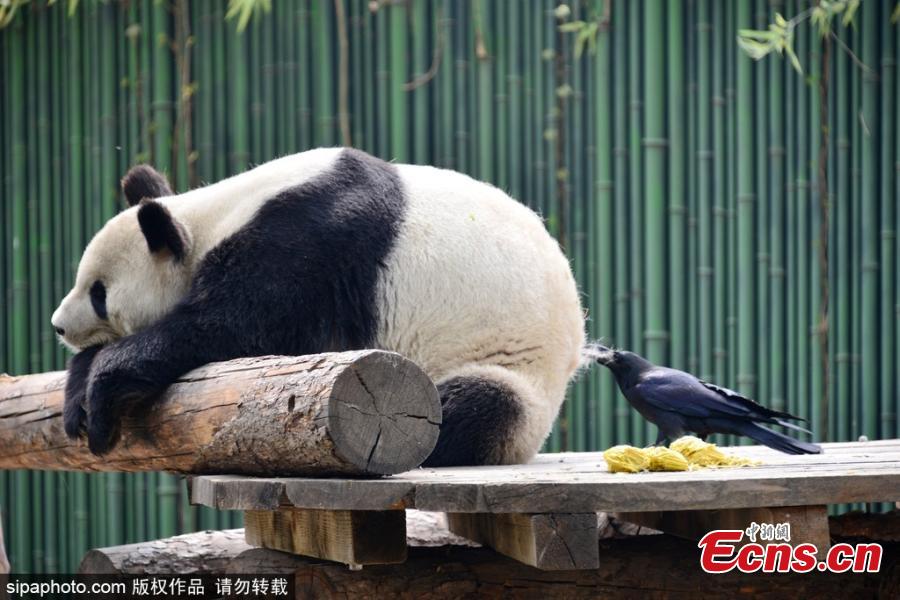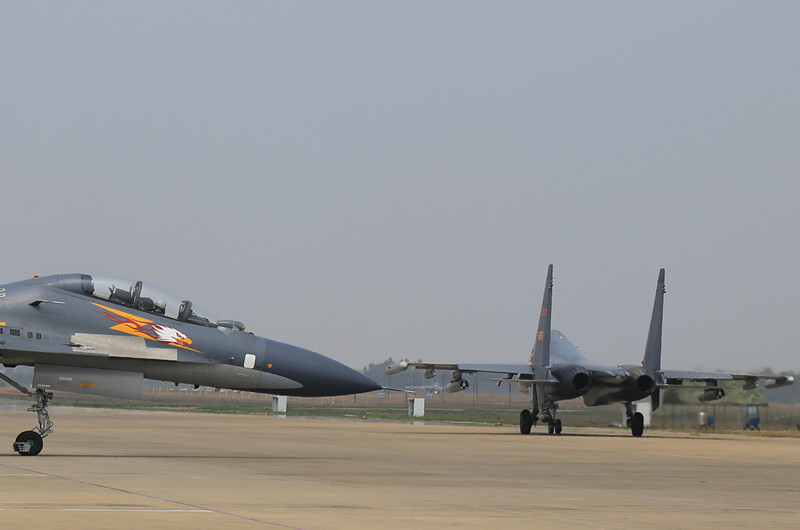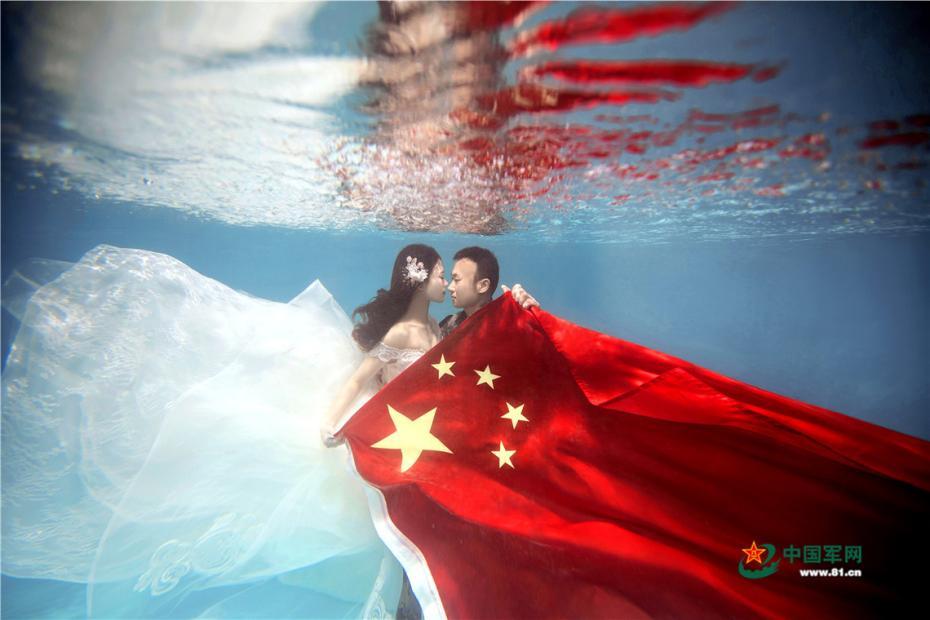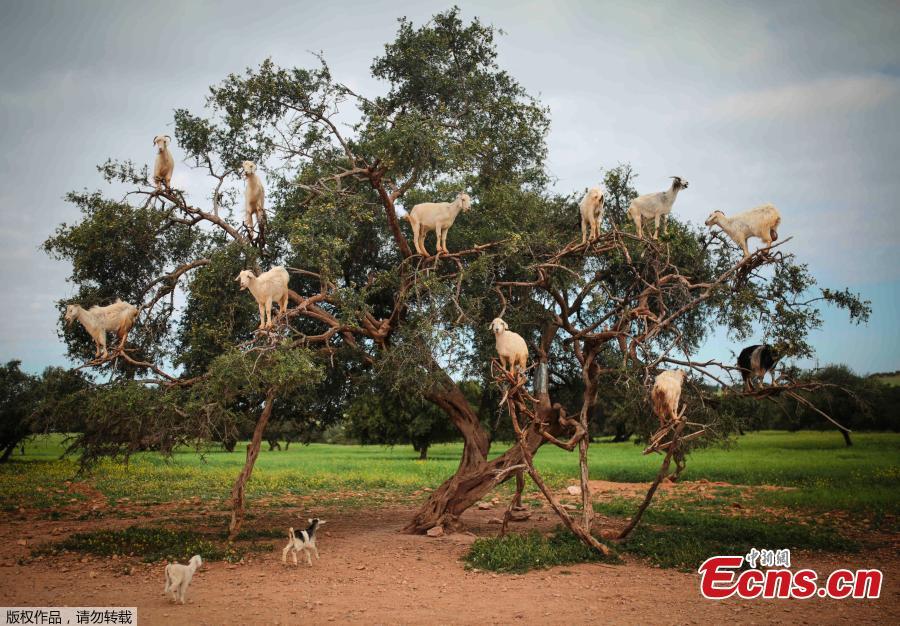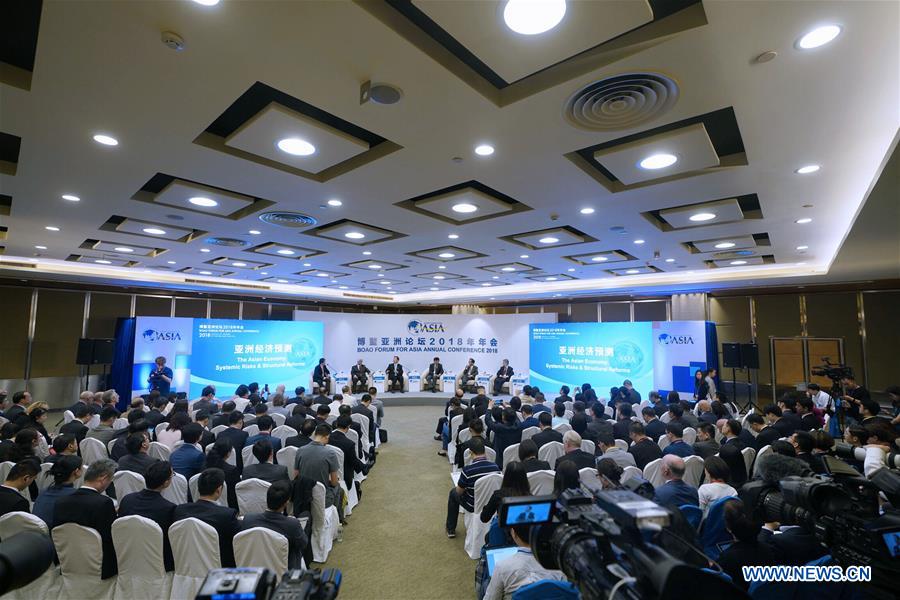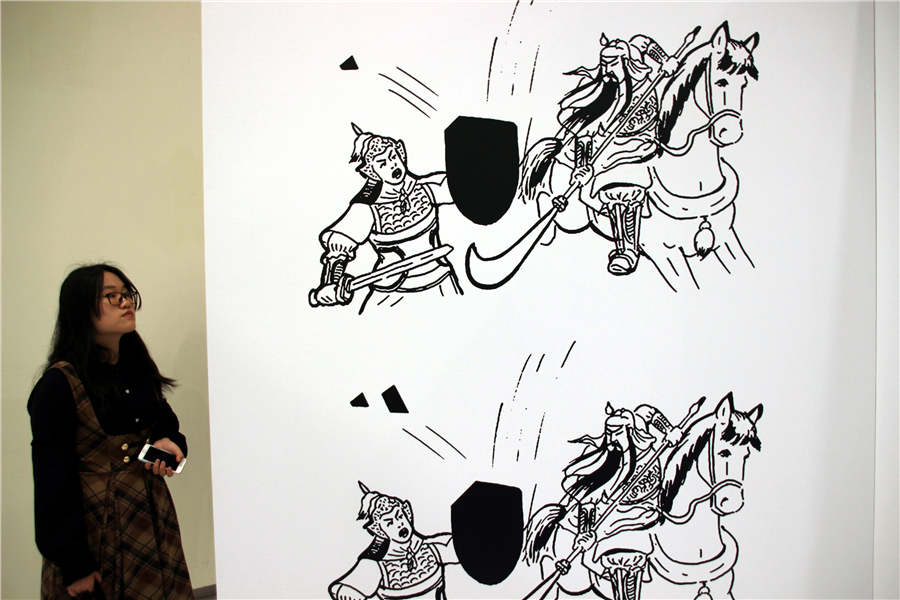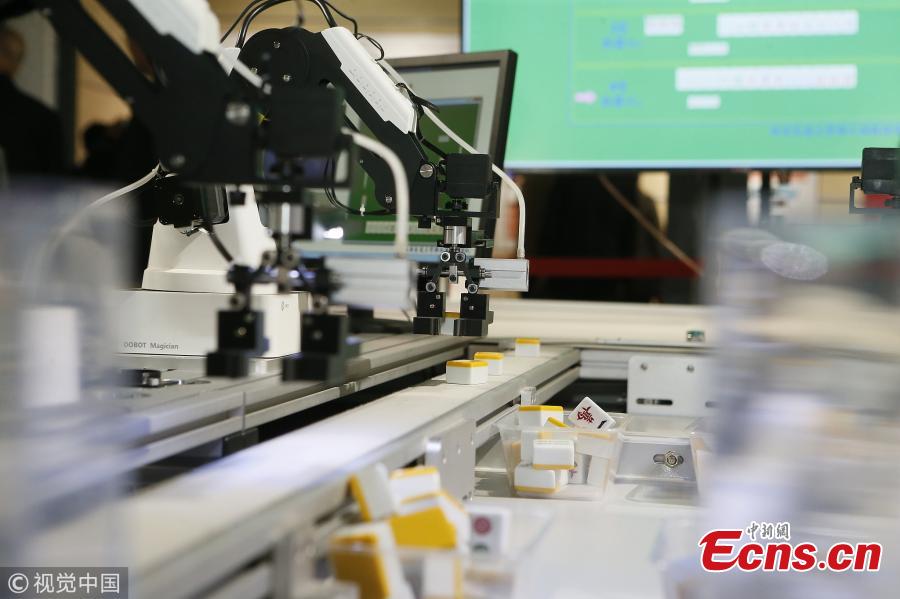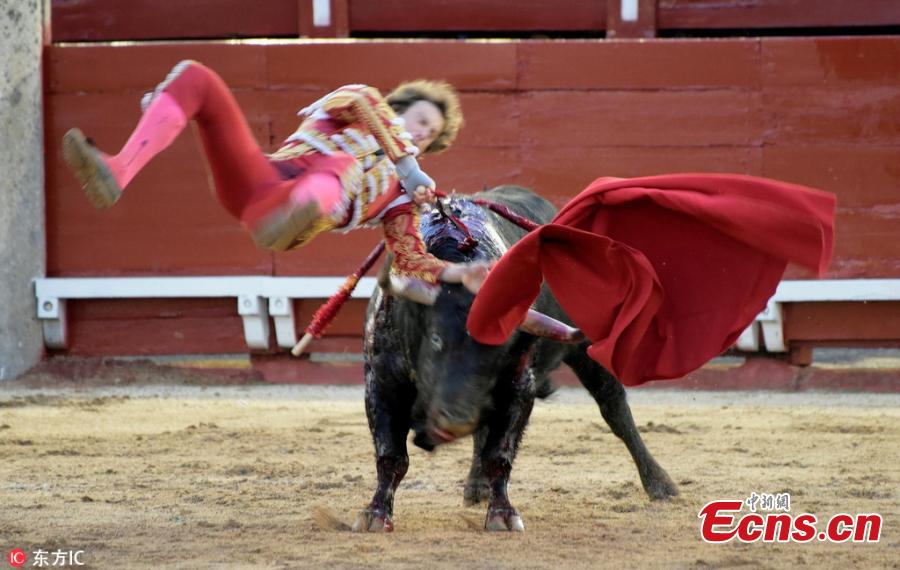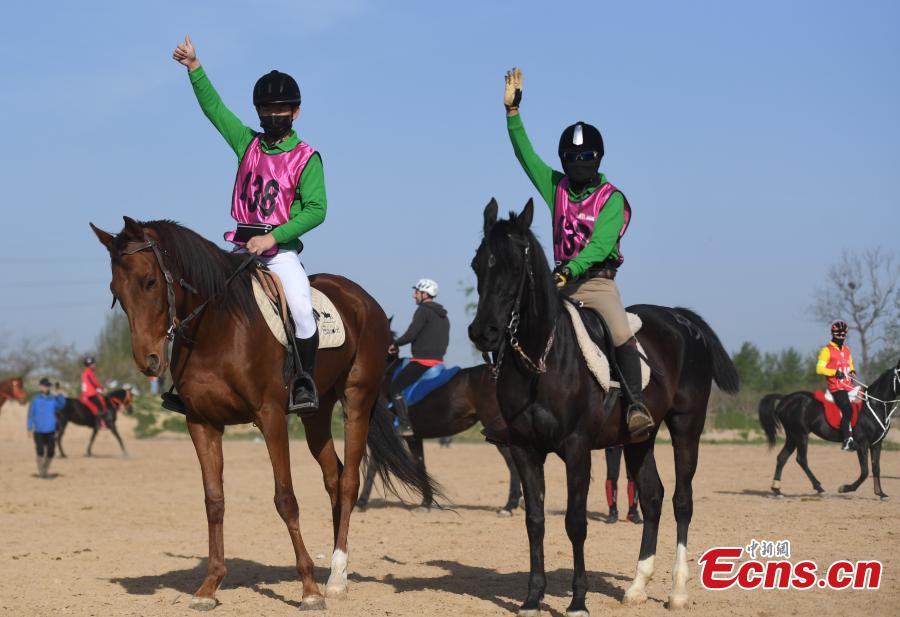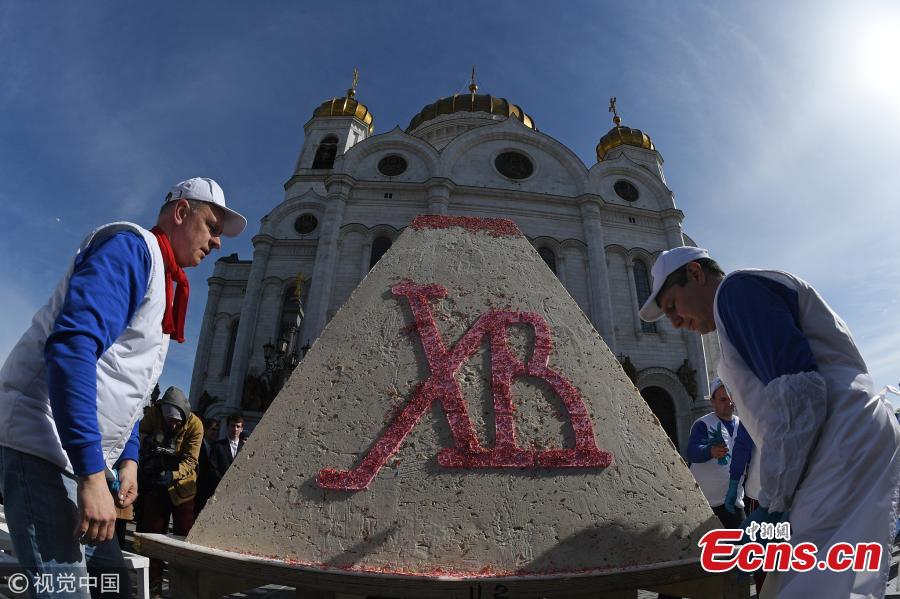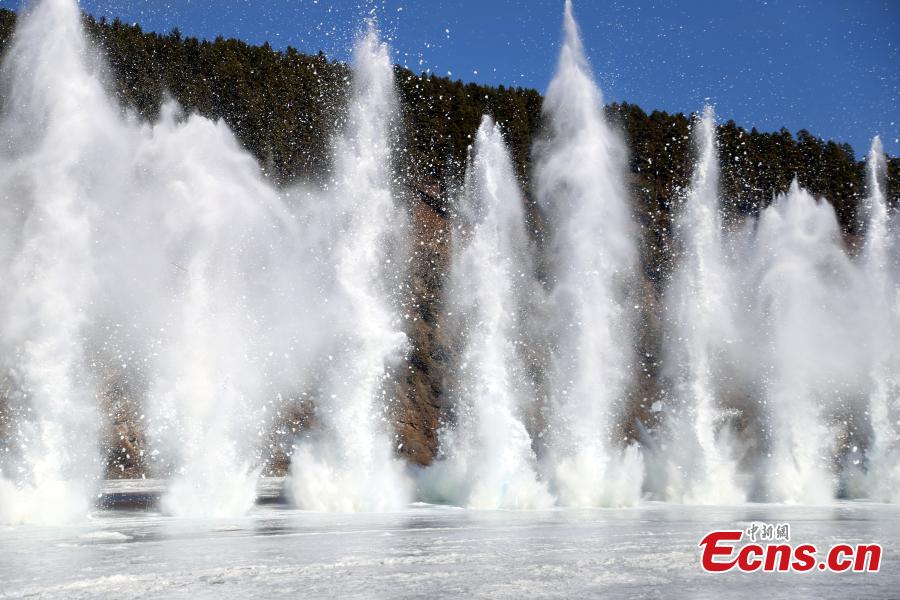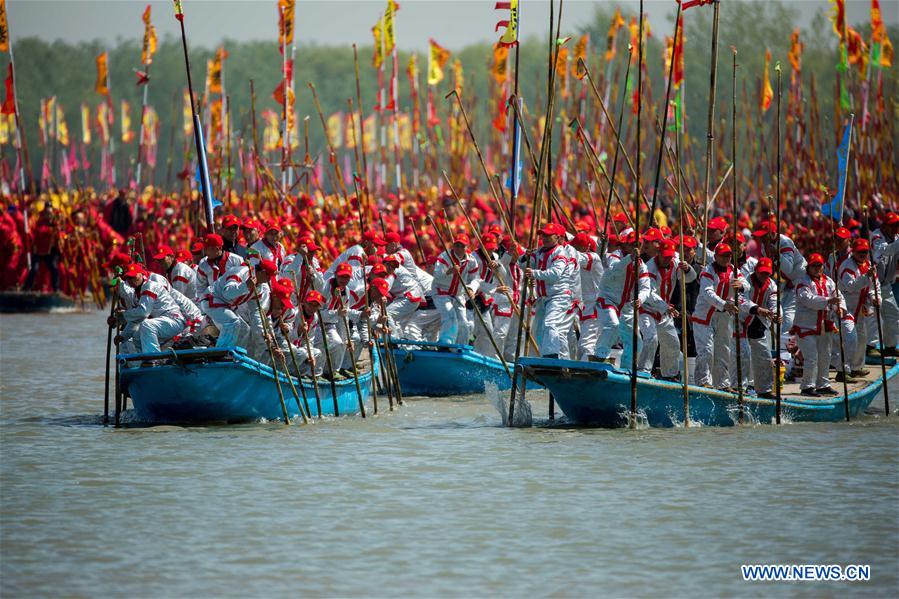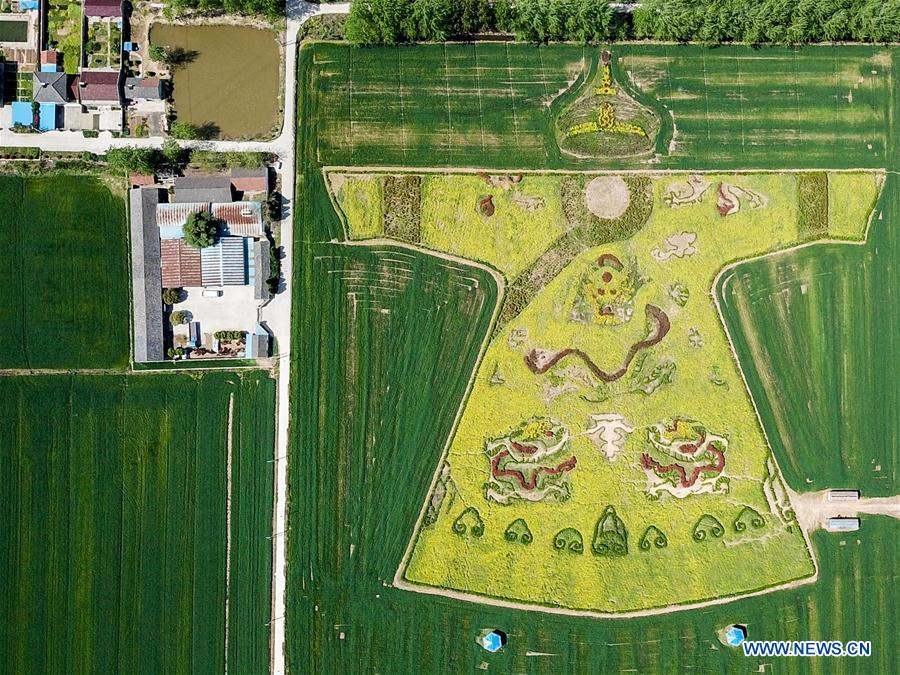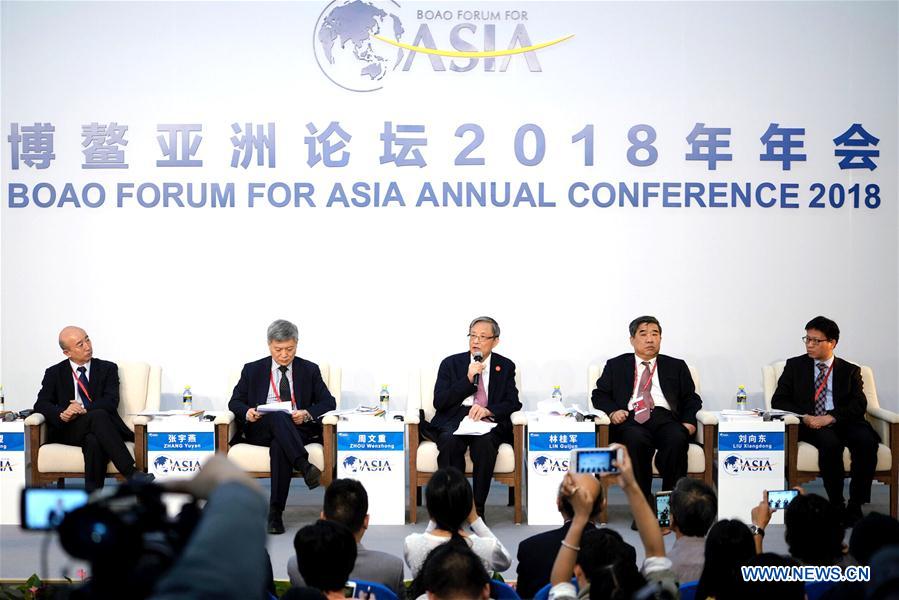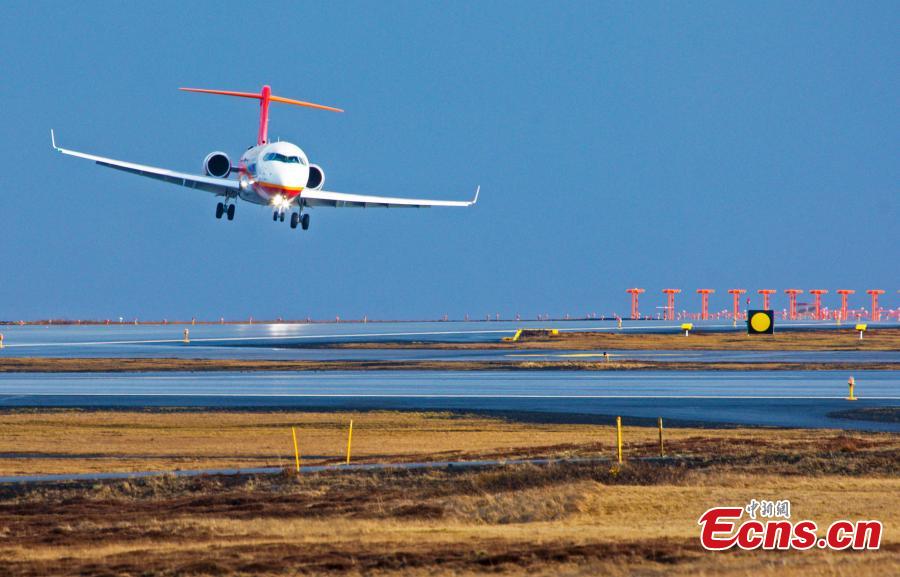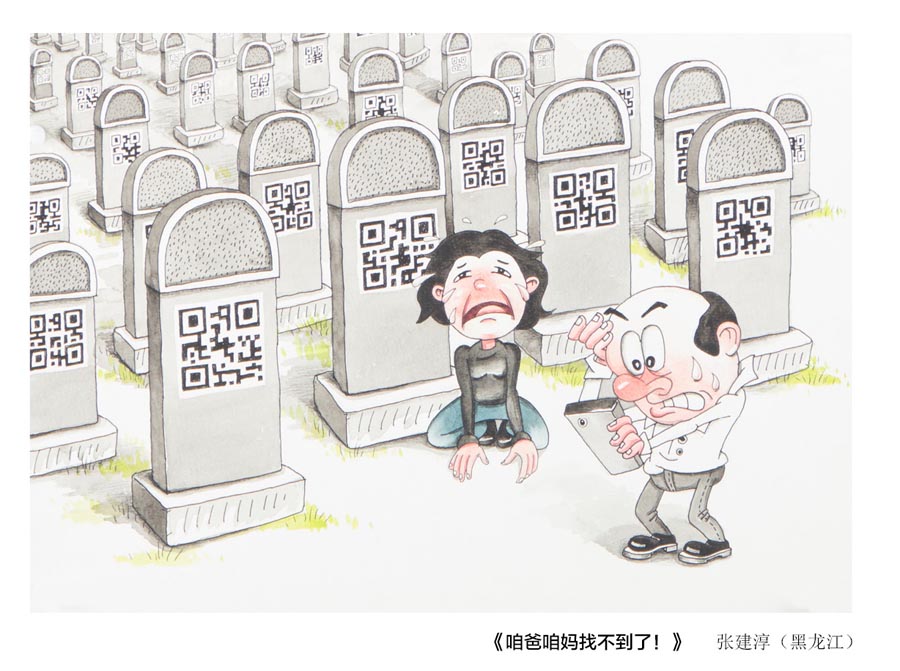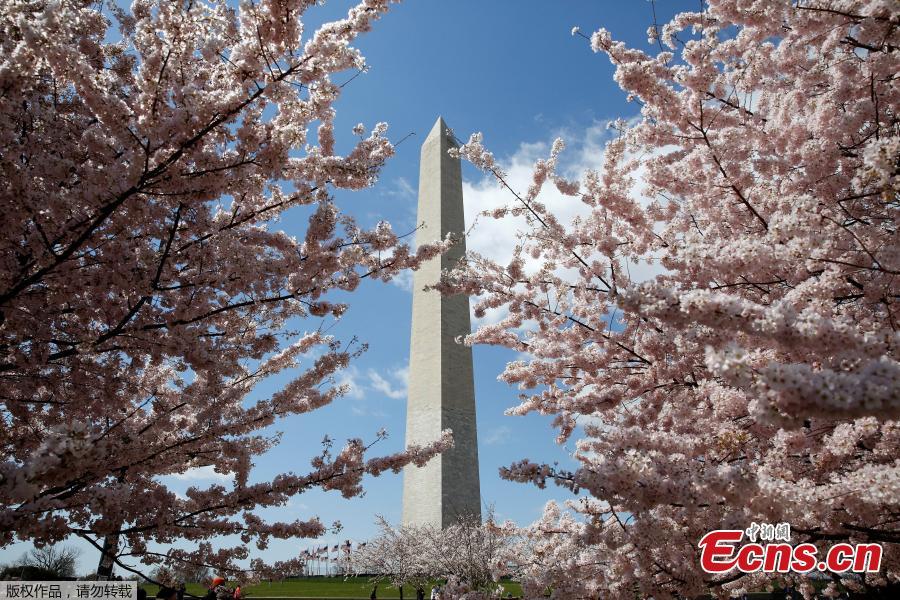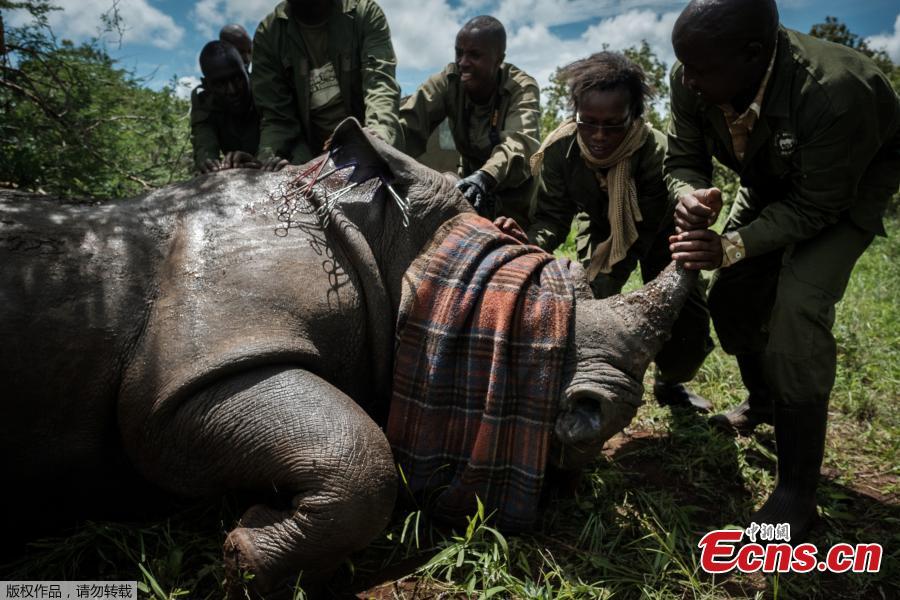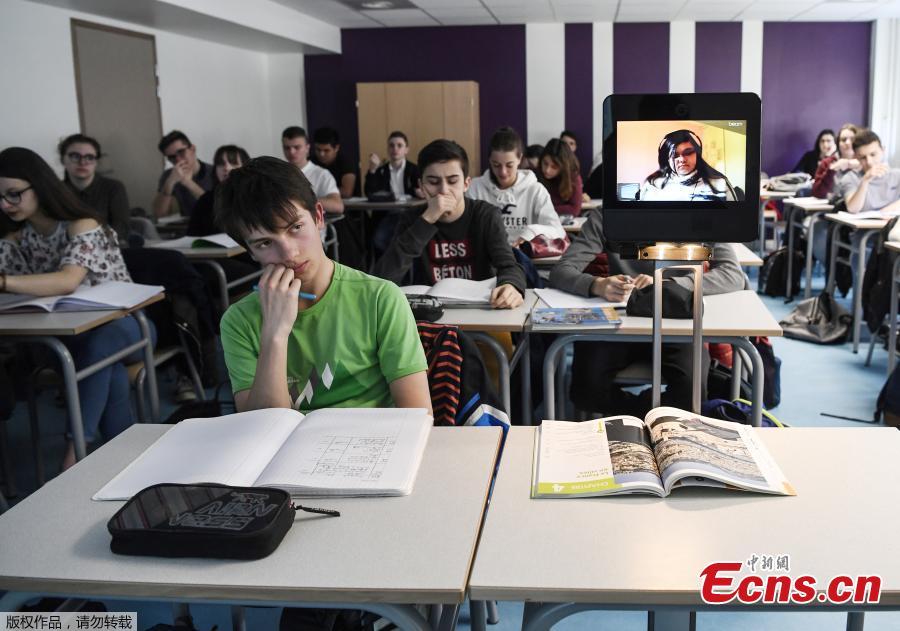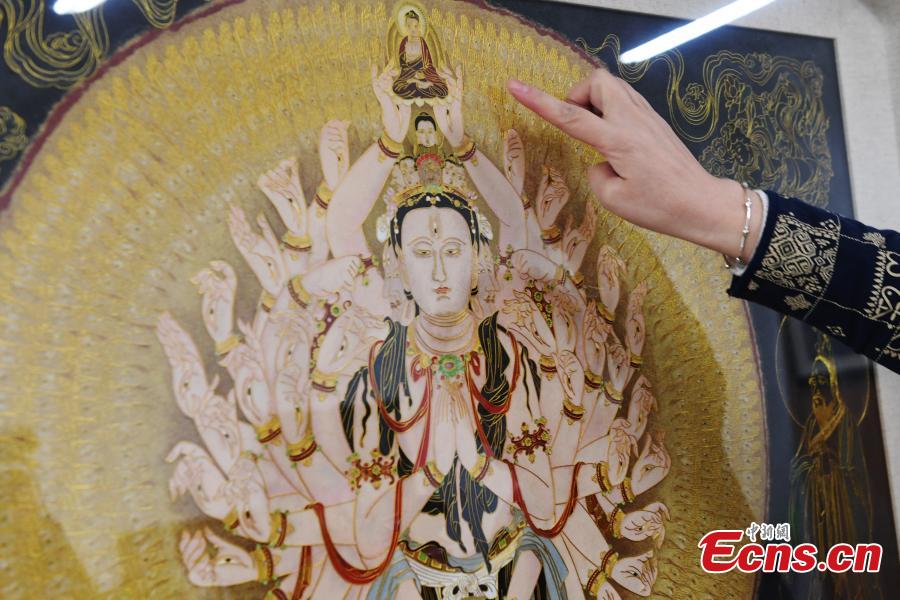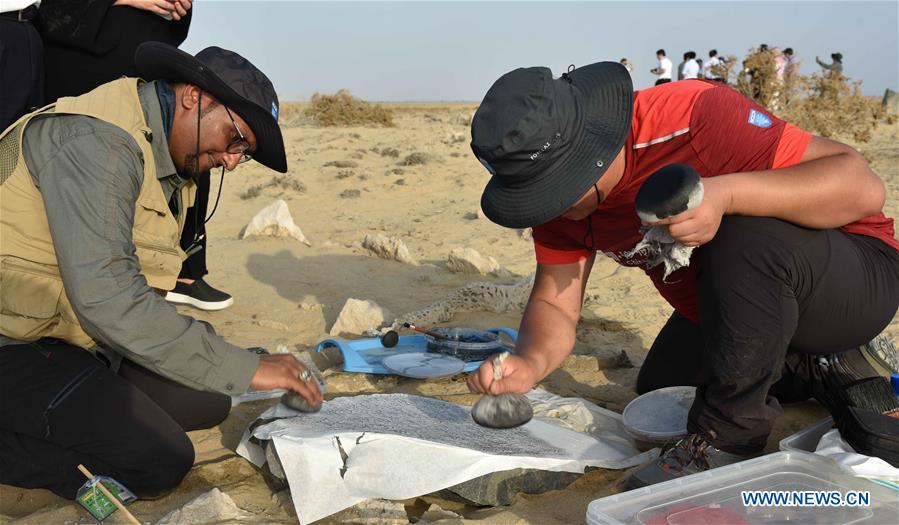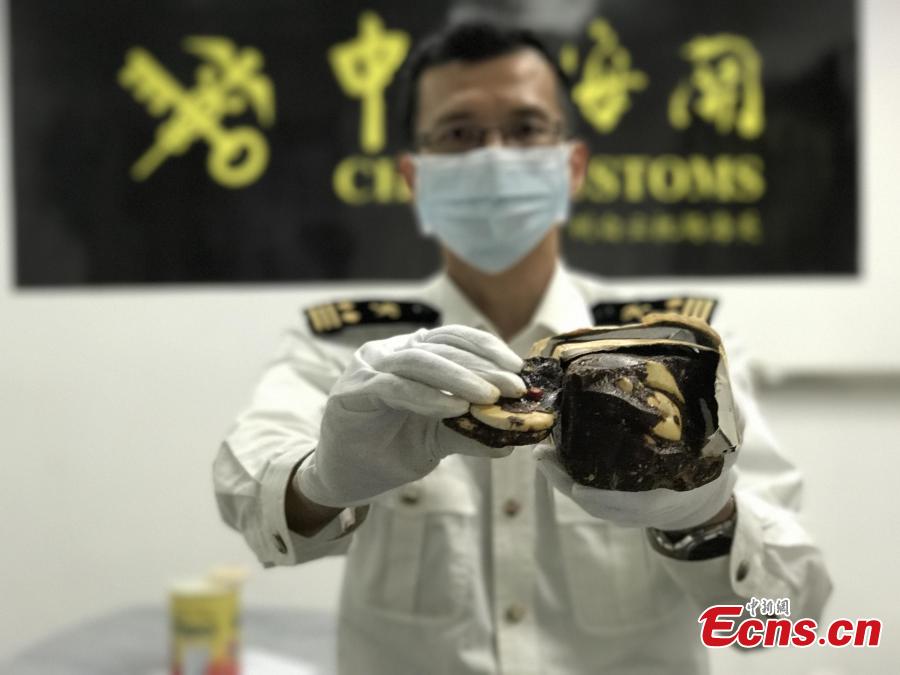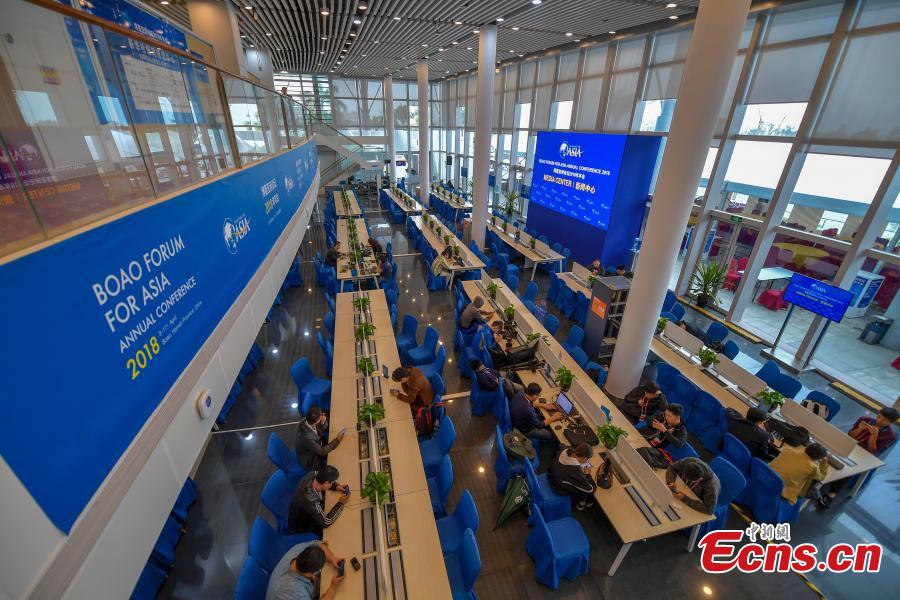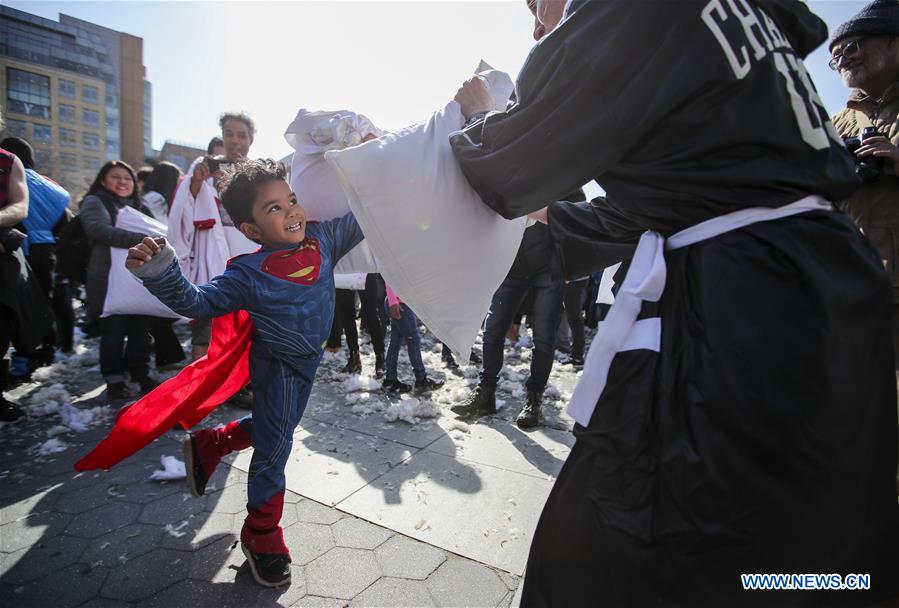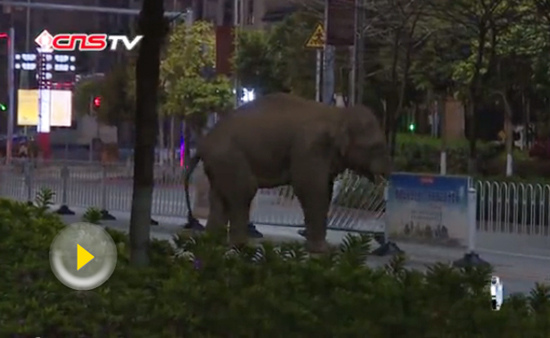Challenges ahead
A number of embarrassing, and even deadly, incidents have underlined the importance of quality control.
After last year's Beijing Marathon, a photo of three runners with the same bib number went viral, exposing long-existing issues of people fabricating IDs or trading entry spots illegally to run without registration. All three runners have been banned from signing up for the race again.
Cheating can also have serious consequences.
During a half-marathon in Xiamen, Fujian province in December 2015, a runner who was later found to be competing under someone else's name, died of a heart attack after medical treatment based on the original participant's information failed to revive him.
Fearing a repeat incident, some elite races are now using face and fingerprint recognition technology to stamp out identity cheats.
Lax management and poor services can also pose problems.
During the 2013 Beijing Marathon, photos of competitors urinating on the walls of the Palace Museum (aka Forbidden City) sparked online furor.
The following year organizers added another 160 mobile toilets around the start and finish areas to prevent a repeat.
Providing proper services, such as sufficient hydration, energy supplies and toilet facilities, is just as important as course design and traffic control, according to race consultant Shi.
In January, the General Administration of Sport of China, with support from 10 other ministries, issued a long-term guideline for marathon development, aimed at raising standards of race organization, services, security, medical support and logistics.
"We are still in the early stage of development. The lack of awareness and education in running and organizing races is still an issue to be addressed," said the CAA's Shui.
The CAA has worked with Shanghai University of Sport to offer training programs and certificates for domestic organizers.
This year's first three-day workshop for marathon management and organization opened at the university on Monday.
The guideline report forecasts that by 2020, around 1,900 races will attract 10 million runners annually, while the distance-running industry is expected to generate revenue of 120 billion yuan (about $19 billion) from running gear sales, training, broadcasting, endorsement and tourism.









